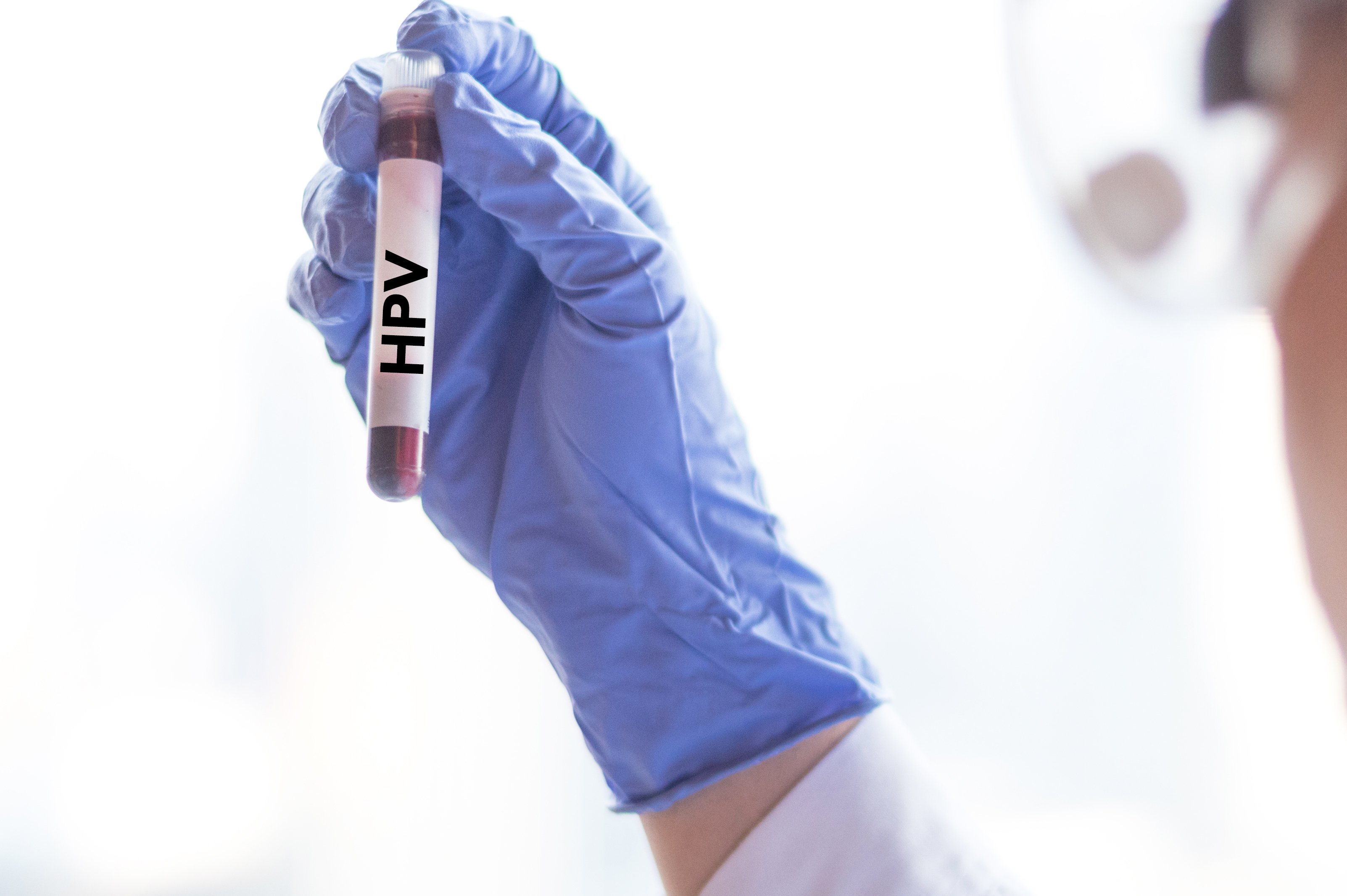
(Vienna, 10 October 2022) It is now well known that viruses can cause infectious diseases ranging from COVID-19 to AIDS to Ebola. However, medical science also assumes that viruses play a role in about ten percent of cancers. An international research team led by MedUni Vienna and the Research Institute of Molecular Pathology in Vienna has now shown that human papillomavirus 42 (HPV42) drives the development of a particular type of skin cancer. The findings, published in the journal Cancer Discovery, will be important for future research in prevention, diagnosis and therapy.
In their research on oncogenic viruses, the team led by Thomas Wiesner (Department of Dermatology at MedUni Vienna) and Anna Obenauf (Research Institute of Molecular Pathology, Vienna focused on skin cancers with unknown causes, as human skin is constantly exposed to viruses. Using publicly available data from cancer genomes, the scientists were able to search for each of the 6,000 viruses relevant to humans in 19 different skin cancers. They found human papillomavirus 42 (HPV42) in 96 percent of the samples examined from Digital Papillary Adenocarcinoma (DPA), an aggressive form of skin cancer that occurs primarily on fingers and toes.
Human papillomavirus is a common DNA virus with over 220 known types. Its involvement in the development of various cancers has long been known: As early as 1976, German physician Harald zur Hausen investigated links between certain HPV types and cervical cancer, for which he received the Nobel Prize in 2008. Current vaccination programs provide very good protection against sexually transmitted HPV and its cancer-causing effects. However, it is possible that other cancer-causing HPVs have been neglected. HPV42, for example, has been considered harmless so far.
Scientists now set out to unravel the detailed cellular mechanisms triggered by HPV42. Using a combination of functional experiments, they found that HPV42 is indeed carcinogenic in model systems. They developed an innovative machine learning algorithm that allowed them to search for genes whose expression is altered by HPV42 and other cancer-causing HPV types. In samples infected with HPV42, they found that a viral oncogene called E7 activates a number of genes in a way that is specific to HPV-driven cancers, which does not occur in benign warts also caused by HPV infections. The researchers showed that this change in gene expression affects at least twelve genes and is induced by all known oncogenic HPVs.
"The network of genes we identified makes the difference between cancers caused by HPVs and others," said Thomas Wiesner. "Although DPA is relatively rare, our findings provide valuable insights into how HPV viruses can cause tumors to grow."
Understanding the molecular basis of a patient´s cancer can be crucial for diagnosis and treatment. Neck and head cancers, for example, can be caused by HPV, but they can also originate form mutations - this distinction determines how aggressive treatment needs to be. Current diagnostic tools for these cancers misclassify about ten percent of patients as HPV-positive when in fact they are not. To solve this problem, the scientists searched the HPV-specific gene network to identify genes that distinguish HPV-driven cancers from others. With just two genes, they were able to improve accurate classification from 85 to 97 percent of HPV-driven cancers - a significant improvement for diagnosis.
In addition to preventing and diagnosing cancers, the findings also point to a potential target for treating HPV-caused cancers through immunotherapy. "Some of the genes involved in this HPV-induced program have properties that make them potential targets for the immune system," says Anna Obenauf. "These genes are expressed only in HPV-positive cancers and in germ cells, but not in other healthy somatic tissues. They could be promising target molecules for therapeutic cancer vaccines or immunotherapies."
Publication: Cancer Discovery
Human papillomavirus 42 drives digital papillary adenocarcinoma and elicits a germ-cell like program conserved in HPV-positive cancers
Lukas Leiendecker, Tobias Neumann, Pauline S. Jung, Shona M. Cronin, Thomas L. Steinacker, Alexander Schleiffer, Michael Schutzbier, Karl Mechtler, Thibault Kervarrec, Estelle Laurent, Kamel Bachiri, Etienne Coyaud, Rajmohan Murali, Klaus J. Busam, Babak Itzinger-Monshi, Reinhard Kirnbauer, Lorenzo Cerroni, Eduardo Calonje, Arno Rütten, Frank Stubenrauch, Klaus G. Griewank, Thomas Wiesner, Anna C. Obenauf
DOI: https://doi.org/10.1158/2159-8290.CD-22-0489